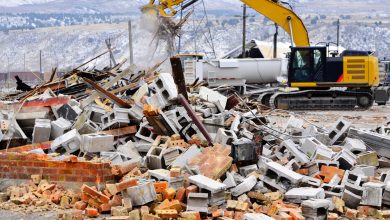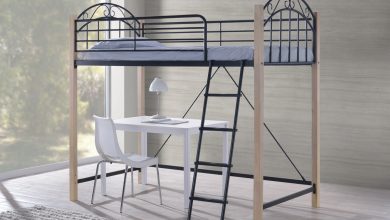
In this article we talk about how to make a plumbing.
We know that DIY is a gift, an art, almost a philosophy of life: you start by hanging a picture, repainting the furniture in the children’s room, and in a moment you find yourself arranging sockets, connecting cables and revolutionizing the kitchen. How to do a Plumbing: do it yourself and the basic rules
Do it yourself: either you love it or you hate it.
Do-it-yourself lovers recognize themselves immediately: precise, attentive, almost manic. They can spend hours choosing the right screw or Allen wrench completely ignoring the world around them. They force wives, children, grandchildren and pets to spend whole afternoons in their favorite hardware store, losing track of time. Once a small project is finished, they immediately move on to the next, in a continuum of small repairs and more significant interventions. For Home Cleaning Services click here
And then there are those who cannot drive in a nail without peeling off the plaster, those who cannot get the right size and who have not yet understood the difference between an Allen key and a wrench.
We have not gone crazy and dedicated to self-sabotage. But this article is dedicated only to those who are truly prepared and have, in addition to good dexterity, also valid plumbing skills. The plumbing system is not only of fundamental importance for our everyday life, but its malfunction, or simple leaks, can cause structural damage to buildings: we all know how much a single drop of water can dig a rock!
How to make a plumbing system: everything you need to know
Its functions are essentially two:
- The distribution of food and sanitary water: drinking water;
- The disposal of waste water: black water, or organic, soapy residues or even rainwater.
- Our plumbing systems are made up of different parts:
- The supply columns: through which the plumbing system of the building is connected to the municipal aqueduct;
- The pipes: which lead the clear water to each single room and which convey the black water to the sewer system;
- Autoclave: it is not always present in all plumbing systems, but only when the water pressure is not sufficient to reach the upper floors of the buildings;
- The stopcock: of fundamental importance. The main tap has the function of isolating the water flows to and from the apartments;
- The manifold: ensures the distribution of condominium water between the different components of the domestic plumbing system.
The materials used and the types:
Now let’s see the materials with which it is possible, according to the current regulations, to create a plumbing system
- Galvanized steel;
- Black steel;
- Stainless steel;
- Copper;
- Polypropylene;
- Multilayer material: composed of a polyethylene pipe covered with an aluminum layer and another in plastic;
Being without the right tool at the time of need is never pleasant!
There are two main types of plumbing that you can build:
Diversion plumbing System: consists of installing a main pipe that will be diverted for each individual user
manifold plumbing system.
Let’s see in detail the two types in the following paragraphs and how to make them.
Diversion Hydraulic System:
Making diversion plumbing is simple. As you can imagine, it is a question of installing a main pipe that will be diverted for each user through specific connectors called TEE through which the water is brought in all domestic environments (bathroom, kitchen, terrace, laundry, …) and in all bathroom fixtures and appliances (washing machine and dishwasher).
The connection or junction points must not be visible but covered by tiles. This is the main disadvantage of this type of plumbing system, because in case of breakdowns or leaks it is necessary to break the floor or wall tiles.
Manifold Hydraulic System:
We have seen that making a do-it-yourself water system is not child’s play but it is a job that requires not only good manual skills but also profound technical knowledge. For this reason we advise you not to improvise as plumbers but to always contact a specialized company in case of doubts. If you need more advice on plumbing, keep reading our articles!





